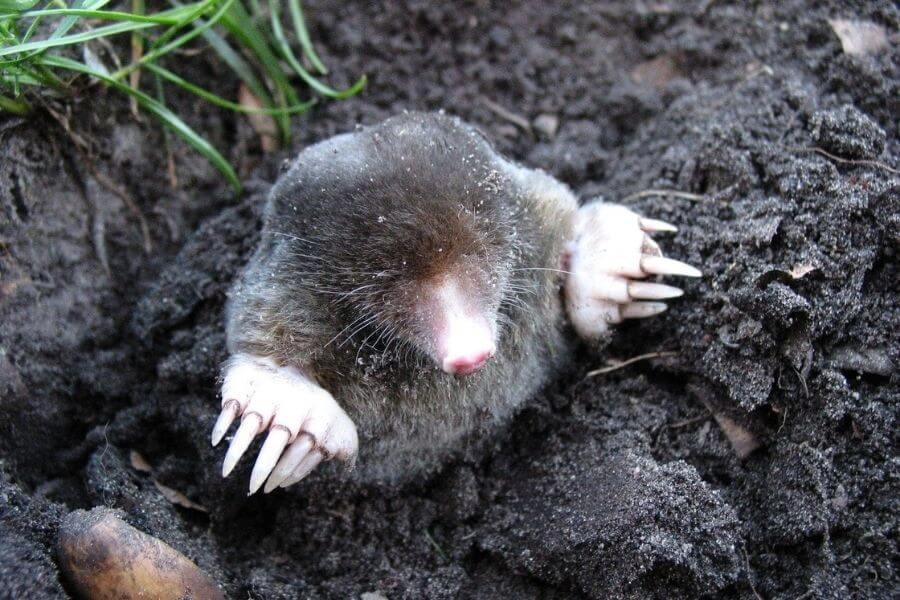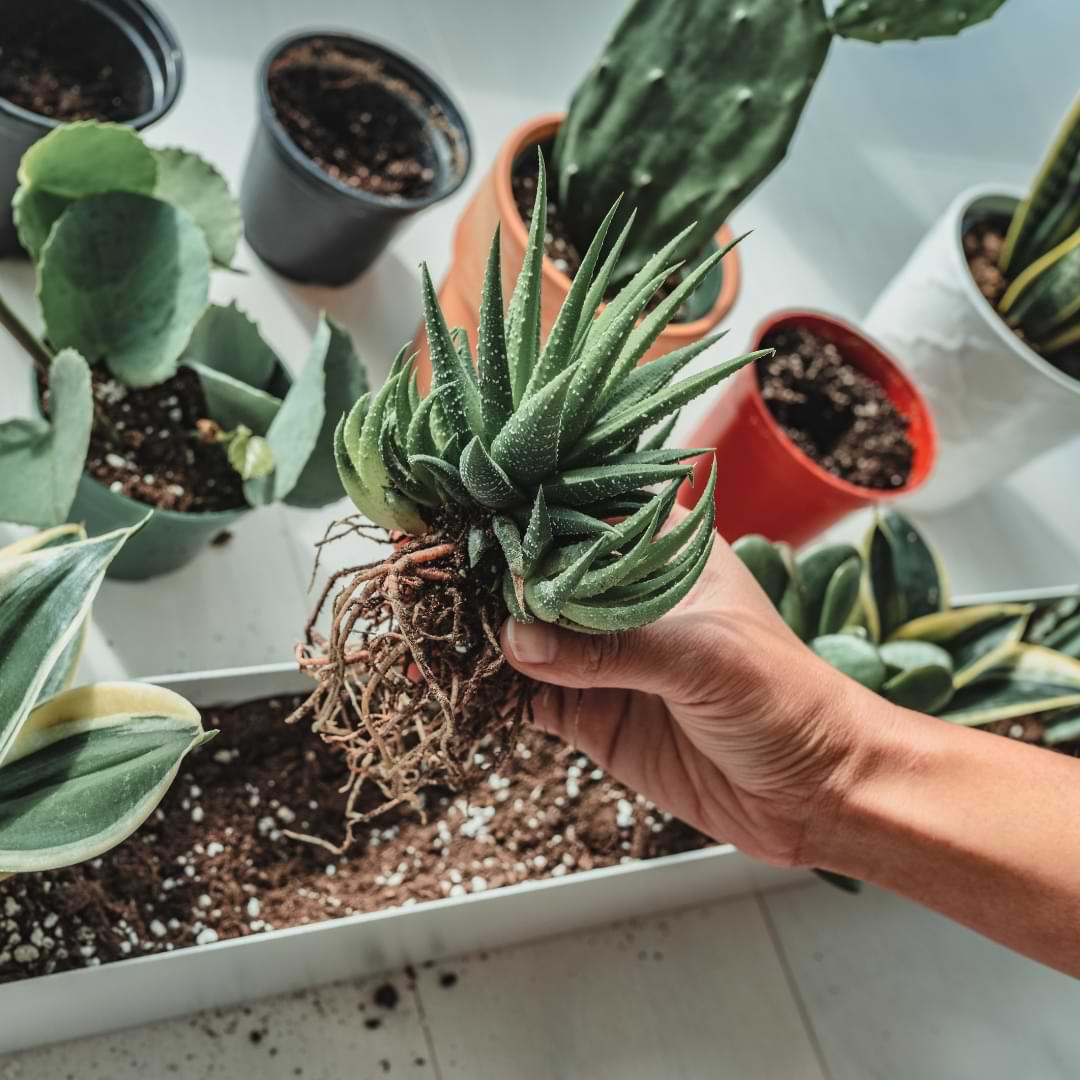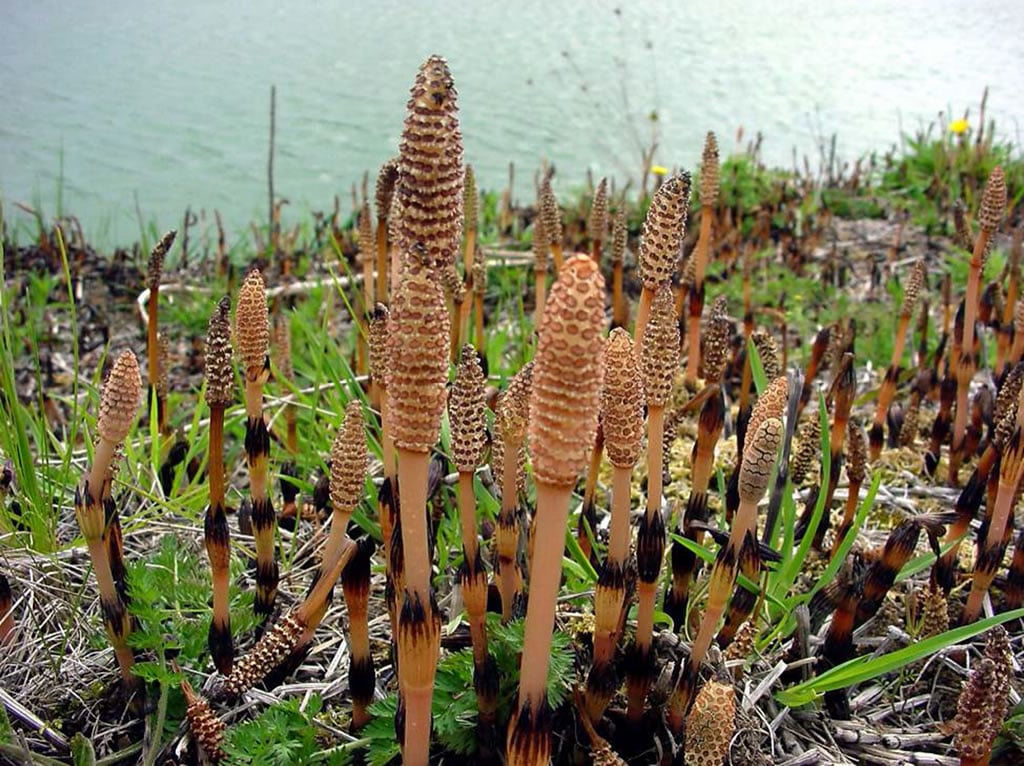Find Japanese Knotweed Across the UK Using Map and Postcode Search
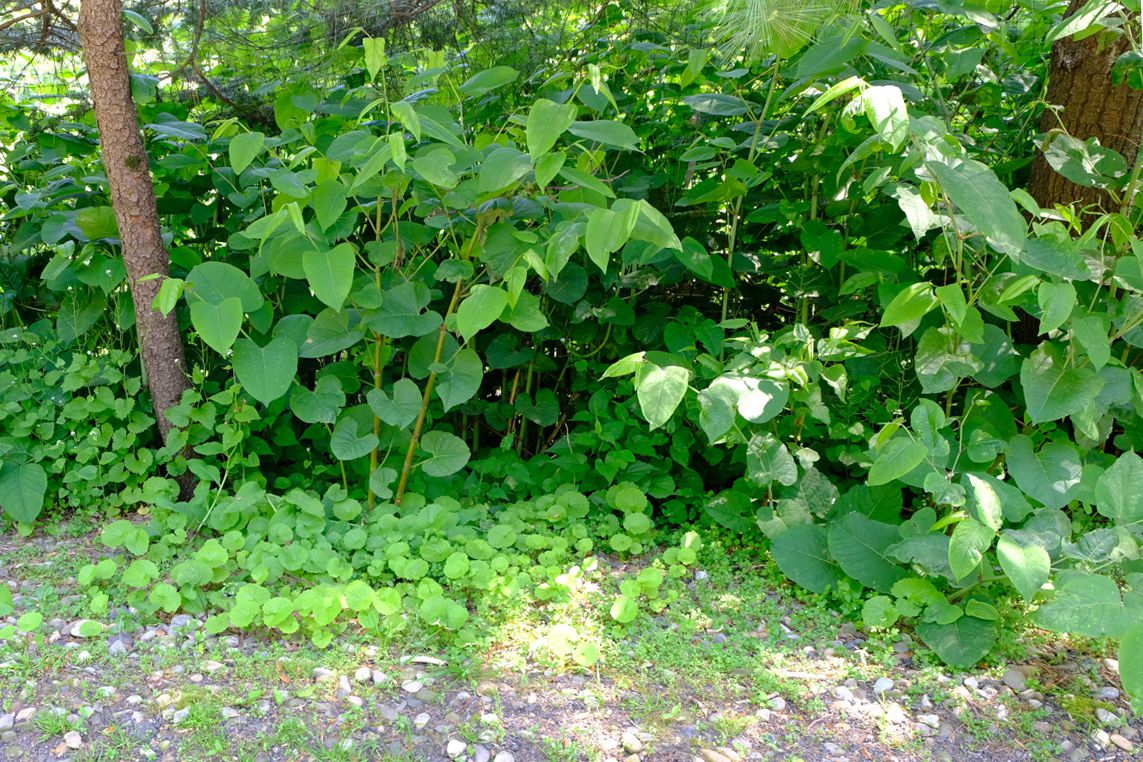
Table of Contents
Japanese Knotweed, originally known as Reynoutria Japonica, is a perennial plant natively belongs to Japan, China and Korea. They are wild species and are mostly known as pests. This weed has a hollow stem and grows easily, even n small holes or cracks.
In the UK, these weeds were imported from Japan to be plated near the railway pavements. Scientists thought they would give aesthetic appeal, whereas, after plantation, this weed spread rapidly. According to statistics, 28,400 Japanese knotweeds are getting added each year.
NBN Atlas guideline does a survey each year and provides a Japanese knotweed map. These surveys are better to know the number of knotweeds in UK localities but don’t specify their location. These maps are great if you are buying a property in an area. You can check its presence and tells the potential risk of Japanese knotweed in that area.
How To search for a Japanese knotweed map?
Japanese knotweed is crucial research which you should do before buying a property. Even though it is illegal to sell a property without telling all the details to the buyer. Yet, a complicated and important step is required before buying the property. You can use the NBN Database to check the Japanese knotweed map within 1km.
You just have to login into the NBN using your Google or Facebook. After that, search for the Japanese knotweed map using GPS, and you can see the affected area as red spots.
So, if you are buying the property, look at the nearby area for the woody plants. During spring, they show the growth of white flowers and big base leaves. But, in winter, they are just woody plants.
Effects of Japanese Knotweed
1. Lowers your Sales value
If a property is affected by Japanese knotweed, then the value of the property falls by 10%. And if a person sells that affected property without disclosing it to the buyer, they can be penalised for the misinterpretation in court.
Recently, the UK court has decided on a case related to Japanese knotweed. Marc Davis bought a house in 2004 and, at that time, didn’t realise that plants growing in their neighbourhood were Japanese knotweed. In 2018, management started tackling the weeds to eradicate them. During the eradication, the house was damaged and lost its value. His lawyer Tom Carter made the accusations, and in the judgement, he received €4,900 as compensation.
This compensation doesn’t guarantee the house’s recovery; eradication is not mandatory. Even the neighbours are getting affected by the knotweed. In many cases, sellers are ordered to pay compensation for the misinterpretation while buying.
2. It Can’t Be Eradicated Easily
Japanese knotweed grows rapidly, and its roots grip the soil very tightly. So, even if cut off, they can grow again. If it’s growing in your garden, dispose of it as soon as possible.
3. Damages the Property
On eradicating them by roots, fertile soil is lost. And their strong and well-settled roots can even damage the foundation. The damages received are not severe, but eradication is necessary.
4. Farming Is Not an Option
If you love farming, then this becomes questionable with Japanese knotweed. They are pests and damage the crops making farming unprofitable.
5. No Privacy
Japnese knotweed is a weed which can’t stay confined to one area. They spread across the area and even grow in slight cracks. Invades into the neighbour’s property.
How to Identify Japanese Knotweed in Your Area?
Knotweeds are found in the UK, mostly in man-made habitats. You can find them along the roadside, waste ground, and railway embankments. Their stems look like bamboo and are short herbs. You can even spot white flowers on the top of the Japanese knotweed.
If you see these plants in your neighbourhood, then take and survey so the Japanese knotweed map can show their presence in your area. This will help others identify them, and management can take decisions to eradicate them from your neighbourhood. Here are some of the preventive measures that you can use:
1. Herbicide Treatment
Every winter, weeds are treated with herbicide; cleaning the Japanese knotweed would take around 3-5 years. Each year after treatment, Japanese knotweed is left undisturbed. Next year before treating the knotweed, last year’s weeds waste is disposed of, and treatment is given.
If they are in vast numbers, then ask for supervision. Again, a person certified in herbicides and pesticides will make it easy.
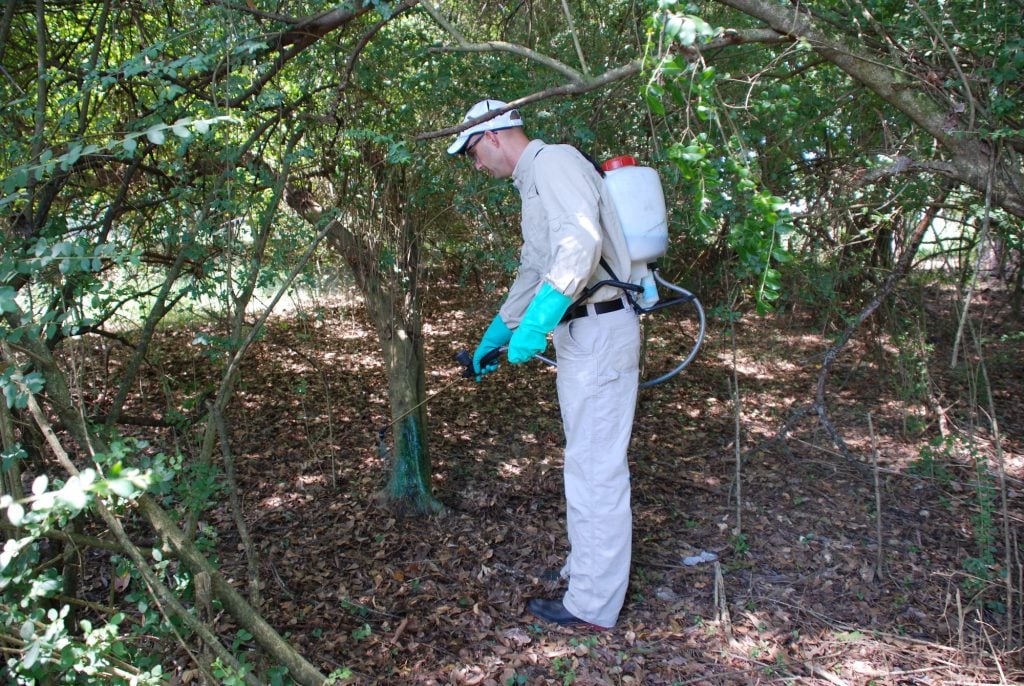
2. Cutting
Japanese knotweed is a woody plant, so a durable shear is needed to cut off their growth, Their stems are cut off regularly, but this step is tiring because they grow rapidly.
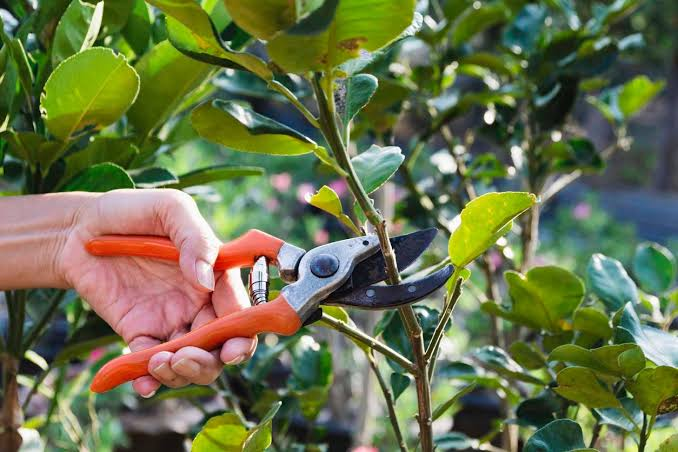
3. Glyphosate Treatment
It is a natural way for the treatment of Japanese knotweed. Glyphosate is used as a pesticide for the last 40 years and more. It is a biodegradable herbicide which inhibits the shikimic acid pathway and naturally eradicates the weed. When it is sprayed on plants, their product of necessary amino acids(tryptophan and tyrosine) is inhibited. These amino acids are necessary for the growth and development of the plant. The treatment is non-selective and only works to hinder plant growth. Thus, humans and animals are not affected by this method.

Japanese knotweed has strong roots, which can affect the soil quality. Thus, making the soil infertile, whereas using Glyphosate can prevent this problem.
Steps to follow during the treatment:
- Wear gloves and make a solution of the herbicide and follow the manual while making the solution.
- Fill the solution in the spray bottle.
- Before spraying the solution, cut off the stems of the Japanese knotweed with shears and leave them only 2cm above.
- Now, spray the mixture on the required area. Don’t overspray. That can harm the plants nearby and even the soil.
- Keep the area undisturbed for a week if the stems of the knotweed become longer.
- Recut the Japanese knotweed stem and spray them with the mixture. It takes a while before the herbicides reach the bottom of the soil.
- After spraying when the soil is barren, spray the herbicide in the affected area four to six times. This will make sure that they get eradicated and won’t affect your house or garden again.
This method is tiring and needs effort, and while doing the process, make sure to wear gloves and a mask. Even if the herbicide is organic and has no side effects, on contact, it can cause skin damage. If inhaled while spraying it over the plants can cause a health issue. The large removal quantity should be done through certified help for better results.
Conclusion
Japanese knotweed natively belongs to Asian Continents. In the UK, it was brought to decorate railway embarkments because of its white flowers. But, when they were grown, it caused a hurricane and affected parts of the UK. This plant grows rapidly and has strong roots, which affects the growth of other plants in the neighbourhood. So, NBN started a survey to create a Japanese knotweed map for detection.
We are glad to help you, and we think all your questions about the Japanese knotweed map are resolved. Along with that, now you also know how to eradicate weeds from your house. Then share it with the ones who are either going to buy a property or have this problem.
Frequently Asked Questions (FAQs)
Does Japanese Knotweed Affect the Value of Your House?
Yes, Around 10% of the cost is affected, of the house. If Incase seller doesn’t tell the buyers about the Japanese knotweed in their locality, then they are charged with compensation.
Do the Eradication of Japanese Knotweed Damage the Surrounding?
Talking about eradication, it can take years. Surrounding houses or land get adversely affected during the treatment. In consequence, the house loses its value and also gets damaged.
What Is the Best Technique to Eradicate the Knotweed?
All of the above methods are good options, but for the best results, go for Glyphosate Method. This is a natural method and causes the least harm to the soil and property.
Can Japenese Knotweed Map Be Found Using the Postcode?
NBN portal is best, but there are many other options available on Google which can help you find the knotweed using postcode within a few clicks. Environet is the next best tool for the search.
Is There Any Significant Damage Japanese Knotweed Cause to Other Plants?
Japanese knotweeds are invasive weeds; they will hinder the growth of other plants. If they are near agricultural land, then the yield is adversely affected by them.

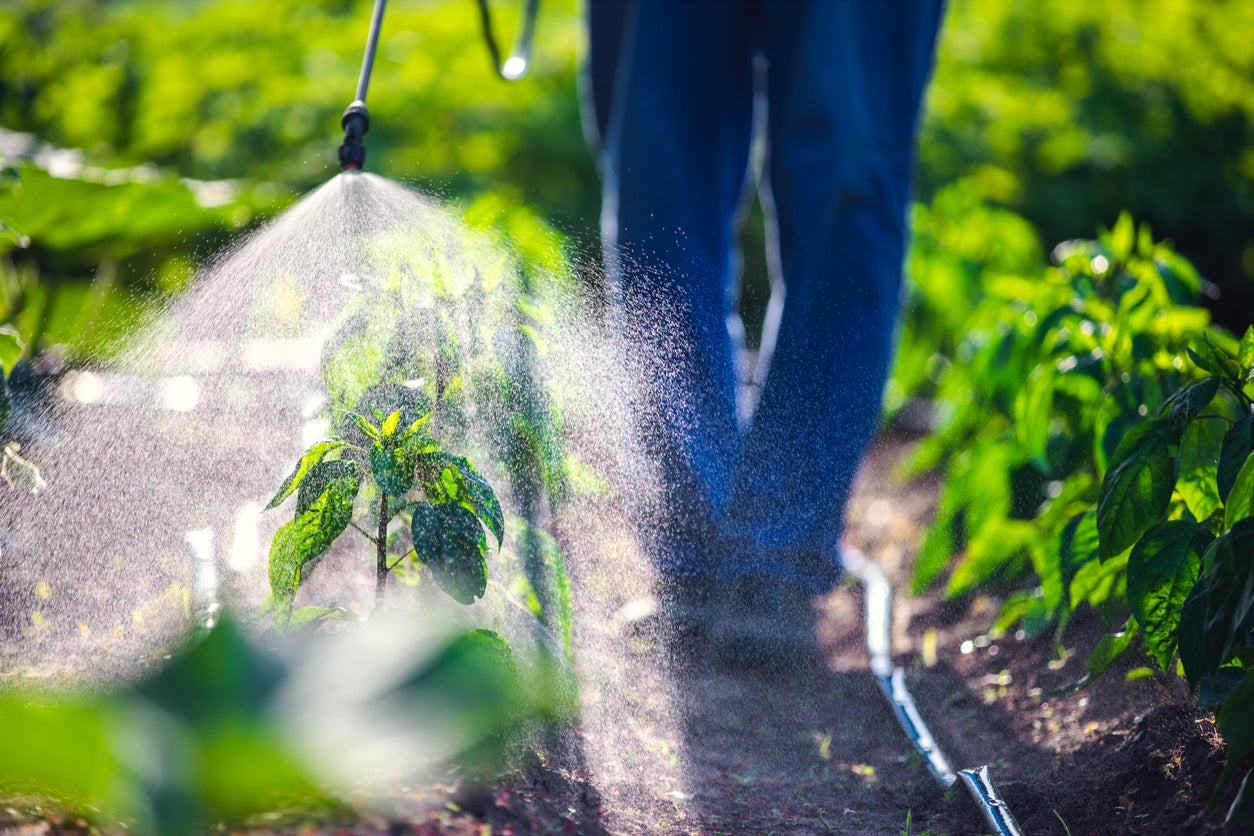
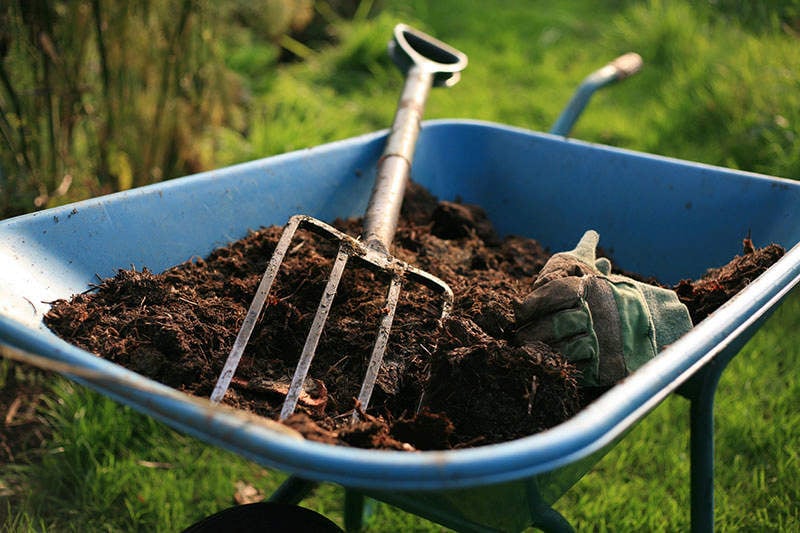
![How to Kill Overgrown Ivy in 5 Easy Steps [UK]](https://staging.thearches.co.uk/wp-content/uploads/How-To-Kill-Get-Rid-Of-Overgrown-Ivy.jpg)
